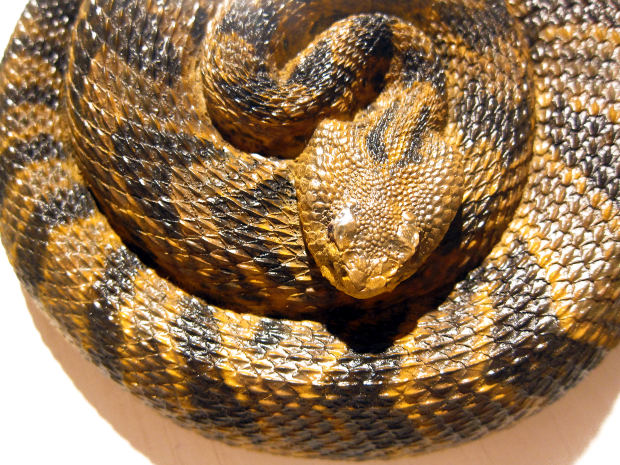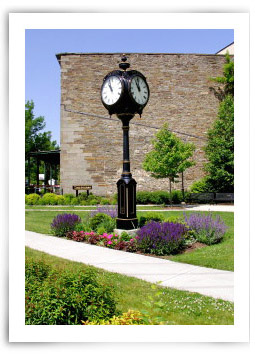How To Identify Poisonous Animals While Mowing Lawns
Lawn care is usually rather uneventful, but like most things in life, it's best to be prepared for the worst. Whether you're mowing a lawn in a downtown business district or mowing grass in a rural field, it's not uncommon to come across small animals, like mice or snakes. Mostly they are harmless and simply scatter at the sound of your equipment, but once in a while you might come in contact with a snake or spider that may be poisonous, especially while weedeating or walking through a grass yard. At these times it's great to know what you're dealing with and how to appropriately resolve the situation.

In the U.S., the only poisonous animals most lawn care professionals will ever have to worry about are snakes and spiders. It's not a good idea to take chances with any snake or spider, so you'll want to avoid getting too close even if you think it's safe.
Venomous Snake Identification
There are four kinds of venomous snakes in the U.S.: rattlesnakes, copperheads, cottonmouths and coral snakes. There are three main rules that help to identify most venomous snakes:
But if a snake you find while mowing lawns does not fit this description, it still might be poisonous. Coral snakes have small narrow heads, but can be identified by their red-yellow-black pattern of bands. Rattlesnakes have the tell-tale rattle. Copperheads have alternating patches of light and dark brown. Cottonmouths (a.k.a. water moccasins) are a little harder to identify unless they open their white (cotton-colored) mouth.
Poisonous Spider Identification
Fortunately, there are only two spiders to worry about while mowing lawns in the U.S.: recluses (violin spiders) and black widows. And you are more likely to find both in your garage than in a grass yard.
Since it's hard to be certain, you won't want to give any snake or spider the opportunity to bite. If you're bitten, get medical attention if there is any possibility it is venomous. If you come across a snake while mowing grass or weedeating, slowly back away then spray it with a hose to drive it off.
You can locate a Dealer to find the lawn equipment you need to do your job both safely and efficiently.


